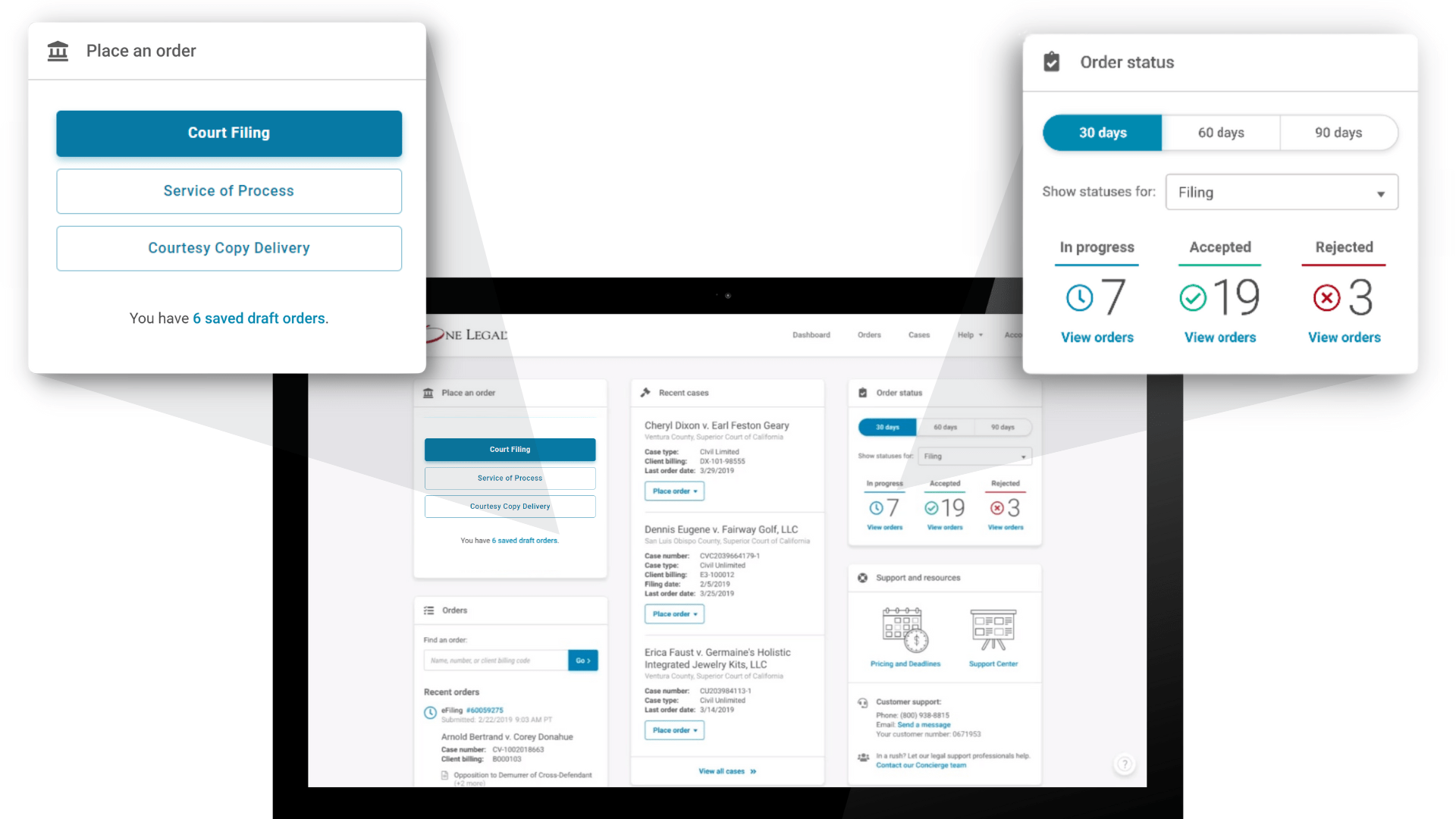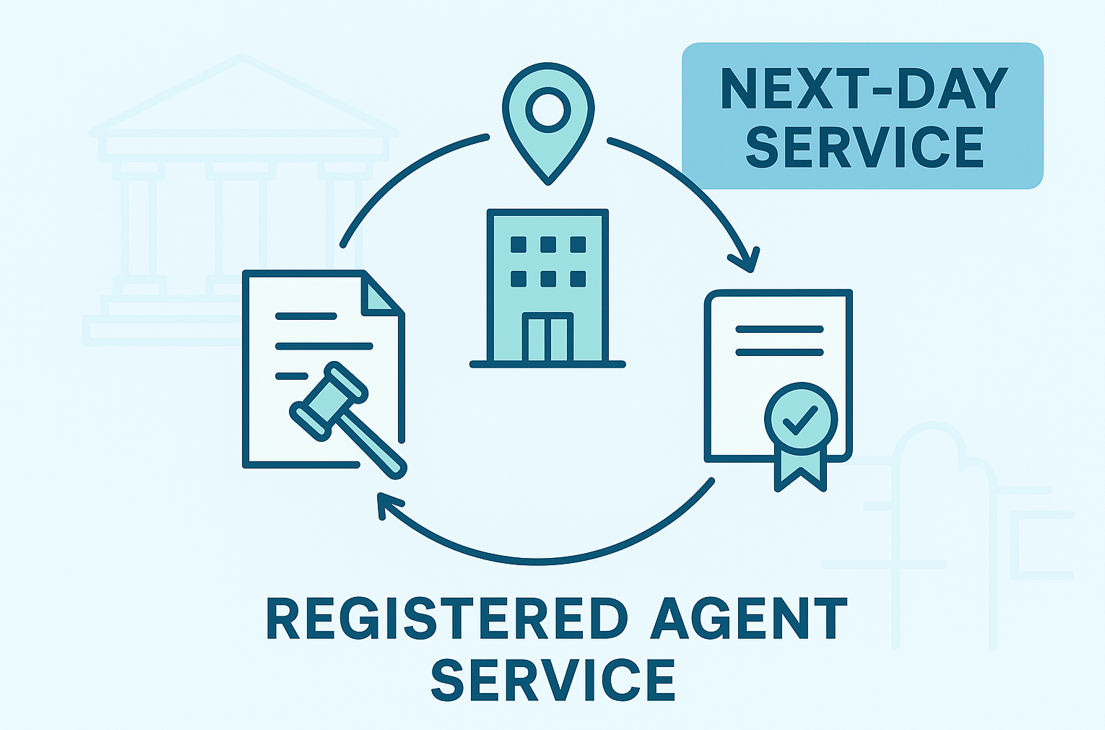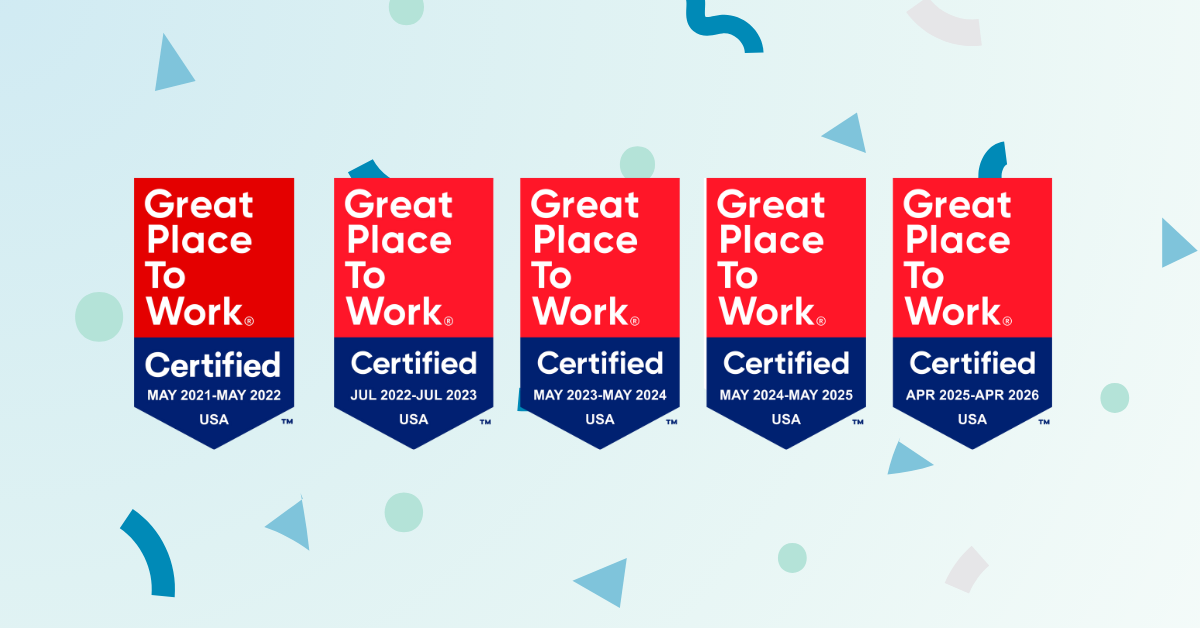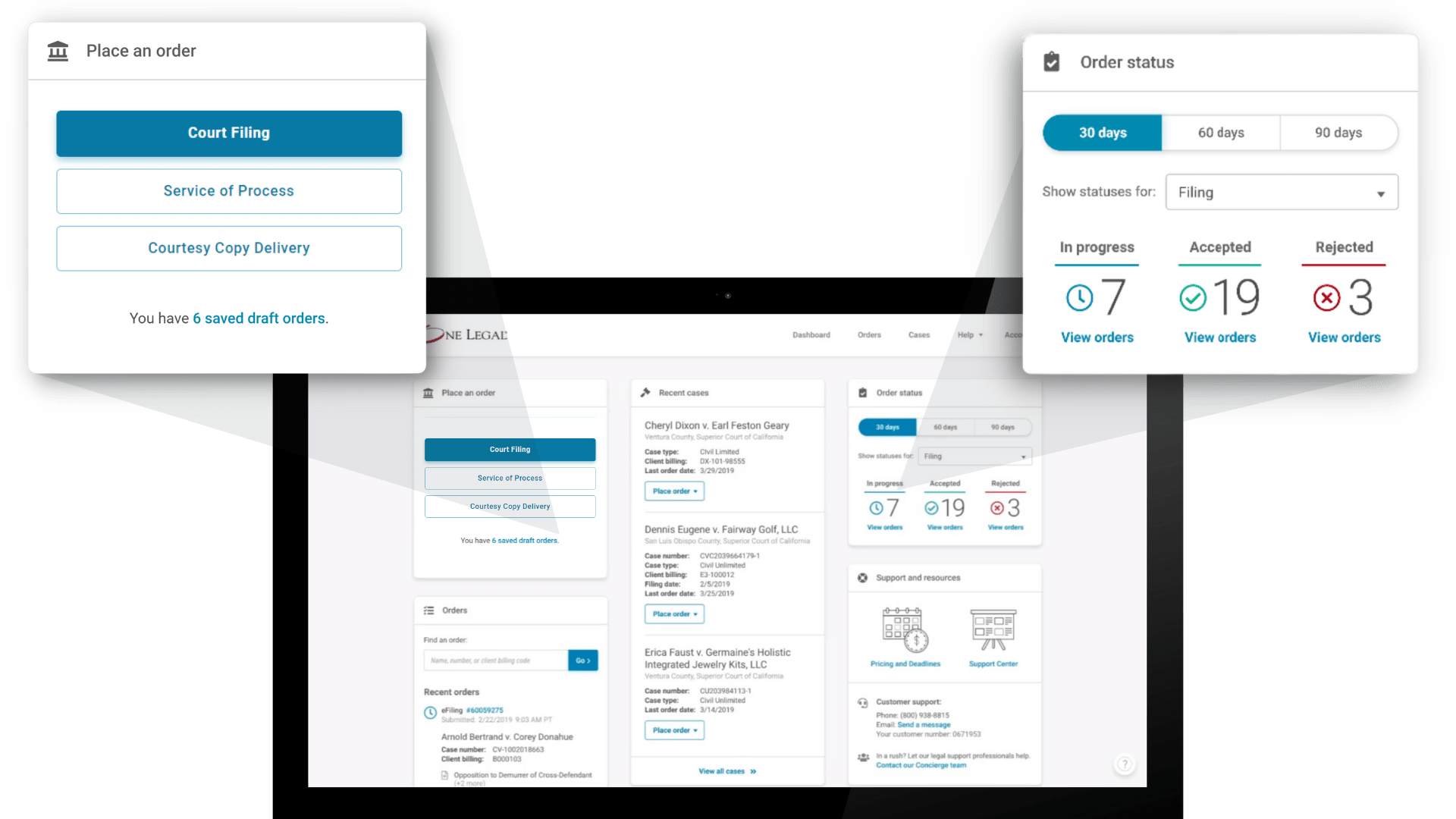For the most part, law school prepares every attorney to understand legal principles, case law, and procedural rules. But not every law student learns to think critically about how to apply them effectively in litigation.
The difference between winning an argument and merely making an argument often comes down to how well an attorney has anticipated the weaknesses of their own case, dismantled counterarguments, and framed their position in a way that persuades the factfinder.
Back when I was practicing civil litigation, I noticed one common thread among the highly successful attorneys who mentored me – they didn’t just prepare their own arguments; they prepared their opponent’s arguments better than their opponent did.
In other words, cases aren’t won by simply citing the “right” law – they’re won by understanding how judges and juries evaluate arguments, how opposing counsel will attack your case, and how to control the narrative.
This article will examine two areas where critical thinking is most essential for attorneys: (1) Courtroom reasoning and persuasion; and (2) Strategic litigation thinking outside the courtroom.
Courtroom argumentation and persuasion
Whether you’re arguing a motion before a judge or making a closing argument to the jury, you have to apply critical thinking principles to your presentation. Here are some of the questions to ask yourself to make sure you’re doing that:
Are your legal arguments overcomplicated?
One of the most common mistakes litigators make is assuming that the more complex an argument is, the stronger it must be.
Wrong. In fact, I once worked on a patent infringement lawsuit involving very complicated technologies. When we first tested the case in a mock trial, I remember feeling proud of how well the attorneys on my team had absorbed that technology and could explain it in great detail. The jurors, however, were not impressed. They were confused and gave us very poor reviews.
When we reanalyzed our case, we simplified our arguments greatly – and then tested our new case strategy in front of a second mock jury. This time around, they understood what we were saying and largely voted in our favor.
Judges, juries, and arbitrators are busy and skeptical. They don’t reward complexity – they reward clarity. If an attorney can’t explain their argument concisely, it’s probably too convoluted to be persuasive.
Consider these two ways of making the same argument in a motion to dismiss a negligence claim:
Overcomplicated argument:
“Your Honor, the legal standard for negligence includes duty, breach, causation, and damages. It requires not only that a duty exists but also that a breach of that duty proximately caused the alleged injury. The plaintiff’s claim fails to substantiate causation with evidence that meets the proximate cause standard as defined by this jurisdiction’s precedent, thereby necessitating dismissal.”
Clear and persuasive argument:
“Your Honor, the plaintiff has failed to assert that anything the defendant did actually caused their injury. The law is clear – without proximate cause, there’s no negligence. Consequently, this case should be dismissed.”
Both statements argue the same point. Yet, the second one is:
- Easier for the judge to process quickly.
- More persuasive because it sounds like an obvious conclusion.
- Harder for opposing counsel to refute without directly addressing the core issue.
Sure, not every legal issue is this simple. But if you can boil things down as far as possible, you’ll be doing yourself – and your clients – a favor.
Have you analyzed the weaknesses in your argument?
Successful attorneys question their own arguments thoroughly before a judge or opposing counsel ever gets the opportunity to do so. This requires looking at your case from the other side and identifying every weak point – before it gets exposed in court.
One powerful critical thinking tool is the Steel Man method. This is the opposite of a strawman argument, where an attorney misrepresents the opponent’s case to make it easier to attack. Instead, the Steel Man method forces you to:
- Make the strongest possible case for the other side – better than your opponent can.
- Identify exactly why their argument is persuasive.
- Craft a direct rebuttal that neutralizes it before they even say it.
Here’s how you might use the Steel Man method in a contract dispute:
Attorney A (Plaintiff’s argument):
“The contract states that payment was due in 30 days. The defendant failed to pay within that time. Therefore, this is a clear breach.”
Attorney B (Defendant’s counterargument using Steel Man method):
“The plaintiff argues that a breach occurred due to nonpayment, but this contract contains an industry-standard clause that allows for a 60-day grace period. If the plaintiff had an issue, they should have provided formal notice before claiming breach.”
If the plaintiff’s attorney doesn’t anticipate and address this argument proactively, they’ll be on the defensive when it’s raised in court. But by applying critical thinking before the hearing, they can preemptively weaken the opposing position:
Alternative Plaintiff’s argument
“The contract at issue does reference a 60-day grace period, but it also states that extended payment terms must be agreed to in writing. The defendant never sought a written waiver of on-time payments. That’s why the defendant’s argument fails.”
Have you anticipated the other side’s best argument?
A common litigation trap is focusing only on your own case and assuming the opposing party’s arguments will be weaker than they actually are.
Judges don’t just compare legal theories – they evaluate who presents the stronger reasoning. If you ignore counterarguments, your opponent is likely to highlight them, making your case seem weaker by comparison.
To avoid this, use the counterargument test:
- Write down your strongest argument.
- Write the best possible counterargument against it.
- Analyze your own weak points and refine your argument accordingly.
To illustrate, let’s examine another negligence case:
Plaintiff’s argument:
“The defendant city ignored dozens of complaints about a dangerous crack in the sidewalk. Failing to remedy known hazards is a clear breach of duty, and it directly led to the accident. Therefore, the defendant is liable for negligence.”
Counterargument test:
“Sure, there was a crack in the sidewalk, but the city had it roped off with red caution tape. The plaintiff’s decision to ignore the tape was an intervening cause, breaking the chain of proximate cause. A known dangerous condition does not automatically establish negligence if another party’s conduct was the true cause of the accident.”
Stronger response after anticipating:
“While the defense may argue that the plaintiff ignored the caution tape, that does not absolve the defendant’s negligence. The law is clear – known dangerous conditions have to be remedied within a reasonable time frame. Had the defendant fixed the crack during the two years they were receiving the complaints, the plaintiff’s fall could have been avoided. Therefore, the city’s failure to remedy the condition was still a substantial factor in causing the accident.”
By anticipating the counterargument before it’s made, the attorney neutralizes it before it gains traction.
Before heading into court, ask yourself:
- Have you prepared your opponent’s argument as well as your own?
- Are you actively dismantling counter-arguments instead of waiting for them to surface?
Strategic thinking throughout litigation
Critical thinking isn’t just about making strong legal arguments in the courtroom, of course. It’s also about knowing when and how to use those arguments strategically before you ever walk into a court. The truth is, most cases are decided before trial and the attorneys who position their case procedurally and strategically typically have the best outcomes.
Key questions to ask yourself:
- Is trial the best option for your client? Attorneys often push forward without considering whether procedural tactics, early motion practice, or alternative dispute resolution might yield a better outcome.
- What external pressures are at play? Opposing parties have business interests, reputational concerns, and financial constraints – these may be more powerful than the legal merits of a case.
- Are you controlling the narrative? The side that frames the case first often dictates how the judge perceives the dispute.
Applying critical thinking to settlement and negotiation
As noted, most civil cases don’t go to trial – they settle. However, settlement outcomes depend on who controls the negotiation framing. Try these techniques:
- Anchoring the discussion: The first serious offer sets expectations – don’t let opposing counsel define the baseline. By introducing a strategically high but reasonable anchor, you influence how they perceive the bargaining range, shifting negotiations in your favor before real concessions begin.
- Identifying real vs. perceived pressure: Ask yourself whether the opposing party is genuinely eager to settle, or if they’re simply bluffing. Critical thinking helps distinguish between posturing and real pressure points.
- The optics of risk: Make sure your client understands that judges and juries are unpredictable. Attorneys, along with their clients, must assess whether trial is worth the risk or if a favorable settlement outweighs the uncertainty.
Conclusion
Legal reasoning isn’t just about winning arguments – it’s about winning cases. If you apply the above principles throughout your case – things like simplifying arguments, understanding your side’s strengths, and anticipating your opponent’s best arguments – you’ll give you and your clients the best chance at a favorable outcome.








